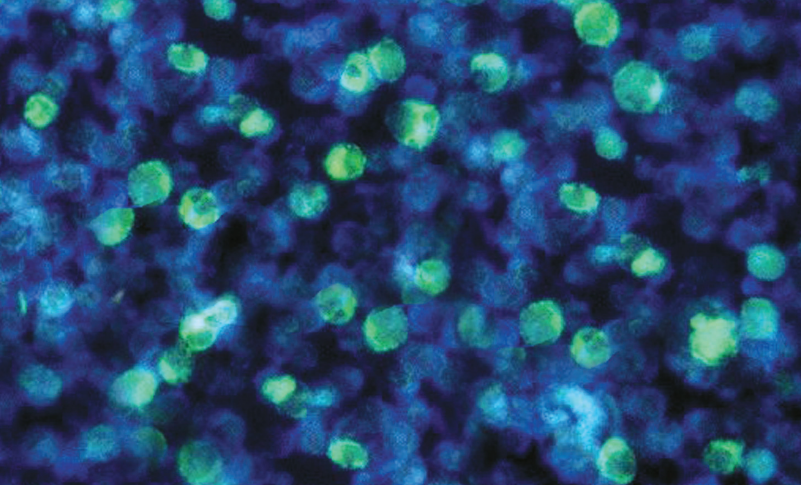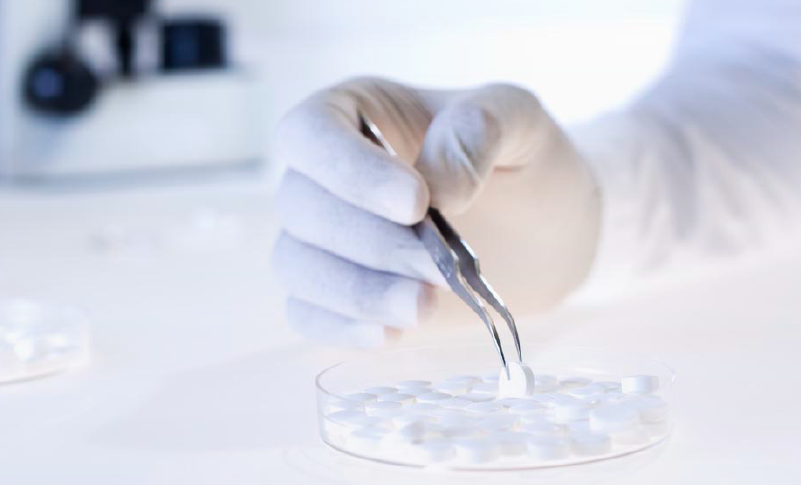Authors: Shashank Joshi, Vathsala Jayanth, Subramanian Loganathan, Vasan K. Sambandamurthy & Sandeep N. Athalye
Date: Aug 14th, 2023
Link: https://doi.org/10.1007/s40265-023-01925-1
Abstract –
Insulin therapy is indispensable for achieving glycemic control in all patients with type 1 diabetes mellitus and many patients with type 2 diabetes mellitus. Insulin injections are associated with negative connotations in patients owing to administration discomfort and adverse effects such as hypoglycemia and weight gain. Insulin administered orally can overcome these limitations by providing a convenient and effective mode of delivery with a potentially lower risk of hypoglycemia. Oral insulin mimics the physiologic process of insulin secretion, absorption into the portal circulation, and subsequent peripheral delivery, unlike the subcutaneous route that results in peripheral hyperinsulinemia. Insulin tregopil (IN-105), a new generation human recombinant insulin, methoxy (polyethylene glycol) hexanoyl human recombinant insulin, is developed by Biocon as an ultra-fast onset short-acting oral insulin analog. This recombinant oral insulin is a single short-chain amphiphilic oligomer modified with the covalent attachment of methoxy-triethylene-glycol-propionyl moiety at Lys-β29-amino group of the B-chain via an amide linkage. Sodium caprate, an excipient in the insulin tregopil formulation, is a permeation enhancer that increases its absorption through the gastrointestinal tract. Also, meal composition has been shown to non-significantly affect its absorption. Several global randomized, controlled clinical trials have been conducted in type 1 and type 2 diabetes patients towards the clinical development of insulin tregopil. The formulation shows post-prandial glucose control that is more effective than placebo throughout the meal period; however, compared with an active comparator insulin aspart, the post-prandial control is more effective mainly in the early post-meal period. It shows a good safety profile with a lower incidence of clinically significant hypoglycemia. This review covers the overall clinical development of insulin tregopil establishing it as an ultra-fast onset, short-acting oral insulin analog for optimizing post-prandial glucose.
Funding: This paper was funded by Biocon Limited, India.








